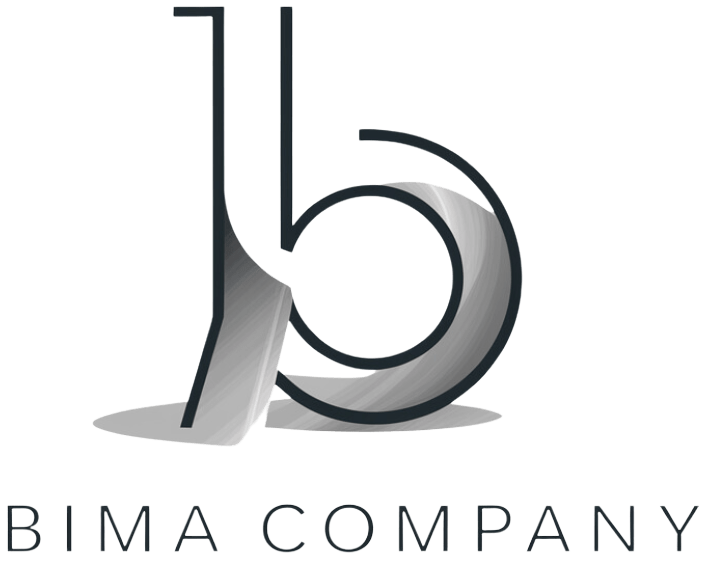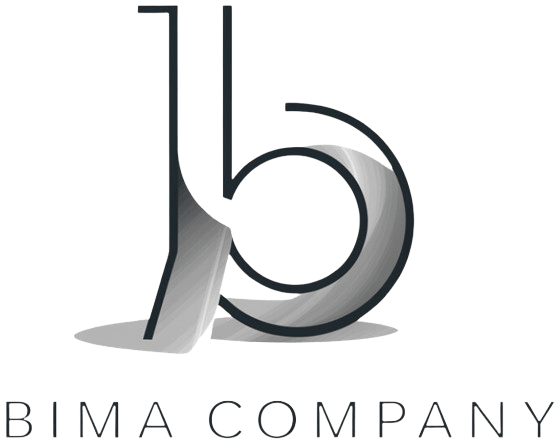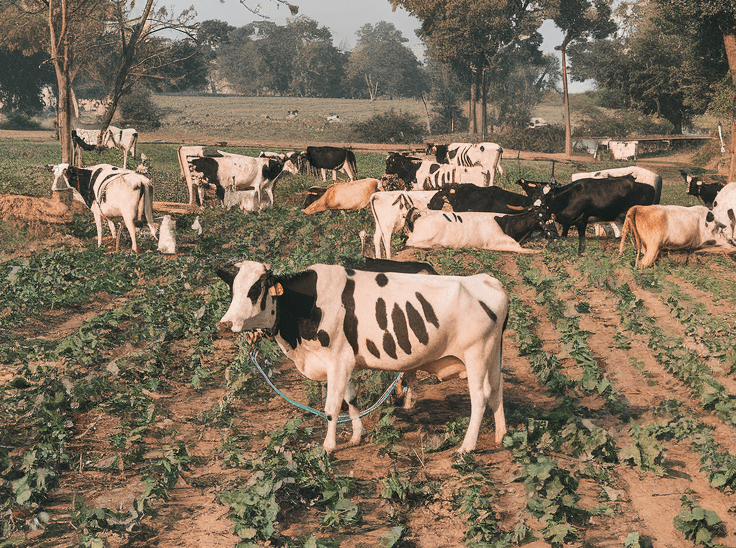Cattle are regarded as one of the most valuable assets in rural communities. Many marginal, small, and medium farmers rely heavily on income from cattle rearing. Given the crucial role cattle play in the livelihood of farmers, obtaining cattle insurance in India is essential for comprehensive protection against potential losses. Cattle insurance is a significant initiative by the Government of India to safeguard the country’s agro-based economy.
Affordable cattle insurance protects rural Indians from financial hardships caused by the loss of their cattle. The high cost of cattle can lead to significant debt if not insured. With the best cattle insurance, farmers receive complete protection against cattle loss, helping to prevent them from falling into a debt cycle.
The cattle insurance policy is available to individuals owning cows, bullocks, or buffaloes that are certified by a veterinary doctor or surgeon as being healthy, injury-free, and disease-free. This coverage extends to members of microfinance institutions, non-governmental organizations, government-sponsored organizations, and other affinity groups and institutions in the rural and social sectors. Cattle insurance claims ensure that these groups can secure the financial future of their livestock.
Types of Cattle Insurance:
This policy covers two main types of risks, providing comprehensive protection for your livestock:
- Death of cattle: It covers loss of life due to accident or injury and disease occurred due to surgical infection
- Permanent Disability cover: It covers the risk of permanent and complete disability
What Cattle Insurance Covers?
In addition to covering risks like death or disability resulting from fire, road accidents, drowning, electrocution, snake bites, or poisoning, cattle insurance also addresses various other concerns. These encompass:
- Losses caused by natural disasters such as storms and earthquakes.
- Deaths resulting from diseases, infections, or complications during surgical procedures.
- Permanent disabilities, which for dairy cows mean the inability to conceive or produce milk, and for bulls, signify the incapacity to breed. For comprehensive protection, consider Cattle Insurance in India, which offers affordable and top-rated options.
- Ensure your livestock is safeguarded with the best Cattle Insurance Policy and understand how to handle Cattle Insurance Claims effectively.
Eligibility Criteria
A Cattle Insurance Policy covers people who have:
- The policy encompasses cattle of any gender, including cows, bullocks, and buffaloes.
- It covers cross-breed and exotic breeds owned by private individuals, military dairy farms, cooperative dairies, and corporate dairies.
- Both insured and non-insured animals are included under this scheme. Insured cattle refer to those subsidized by the National Livestock Development Board (NLDB) and State Livestock Development Board (SLDB).
Whether you’re seeking affordable cattle insurance or the best cattle insurance available, this cattle insurance policy addresses all your needs, including claims and coverage details.
Animal Type | Animal Age |
Milch Cows | 2 yrs/or age at 1st calving – 10 yrs |
Milch Buffaloes | 3 yrs/or age at 1st calving – 12 yrs |
Stud Bulls | 3 yrs – 8 yrs |
Bullocks & Male Buffaloes | 3 yrs – 12 yrs |
Female Calves/ Heifers | From the age of 4 months – 2 yrs/ 1st calving age, whichever is lower |
Milch Cow’s offspring | From the age of 4 months – 2 yrs/ 1st calving age, whichever is lower |
Milch Buffaloes offspring | Up to 3 yrs/1st calving age, whichever is lower |
Documents Required for Claim Process
To process your Cattle Insurance claim, please submit the following documents:
- Proposal form
- Medical certificate from a veterinary doctor
- Minimum 4 photographs of the insured animal
- Duly filled in the claim form
- Receipt of payment while purchasing the animal
- The identification tag of the insured cattle
Exclusions
Although cattle insurance is designed to protect many rural Indians who own cattle, certain situations render claims ineligible for payment. Here are some scenarios where exclusions might apply:
- Theft or clandestine sale
- Shipment via airways or sea
- Terrorism, war, radioactivity, and nuclear explosions
- Neglect, over-loading, and treatment under unskilled doctors
- Using for other purpose than what has been mentioned in the claim proposal
- Not treating when sick or not taking any initiative to prevent the death
- Accidents or injuries which occurred before the commencement of the policy
- Slaughtering without permission from the veterinary or government official


